King Robert the Bruce
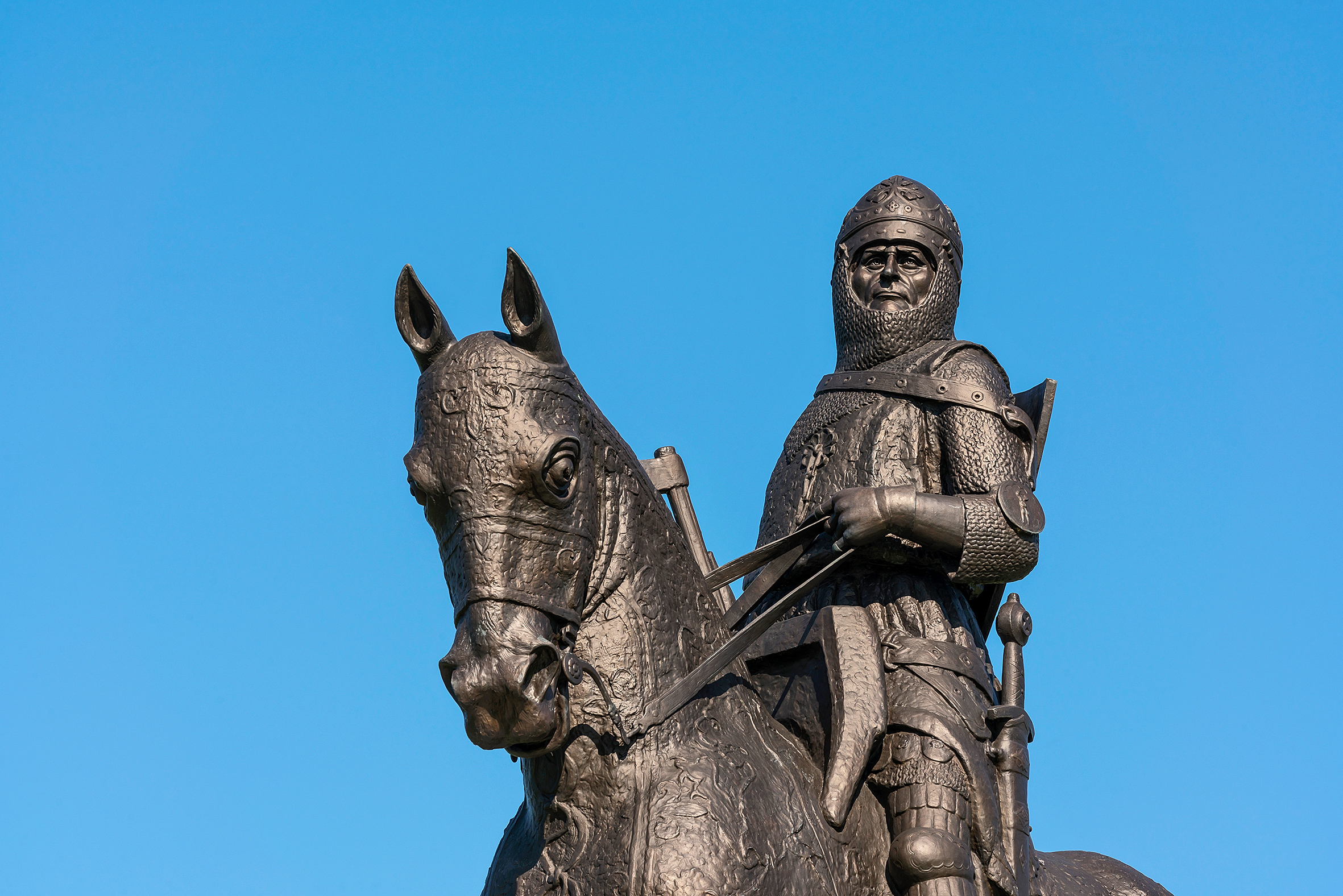
Scotland’s King Robert the Bruce did what few imagined possible and freed Scotland from its English overlords, for a while at least, writes Diana Wright
Words by Diana Wright
In August 1274 London rejoiced over the spectacular coronation of England’s warrior-king Edward I. Little could the ‘Hammer of
the Scots’ have known in that moment of glory that just one month earlier – and with no such fanfare – a child had been born who would challenge his voracious territorial ambitions and free Scotland
from English rule: King Robert the Bruce.
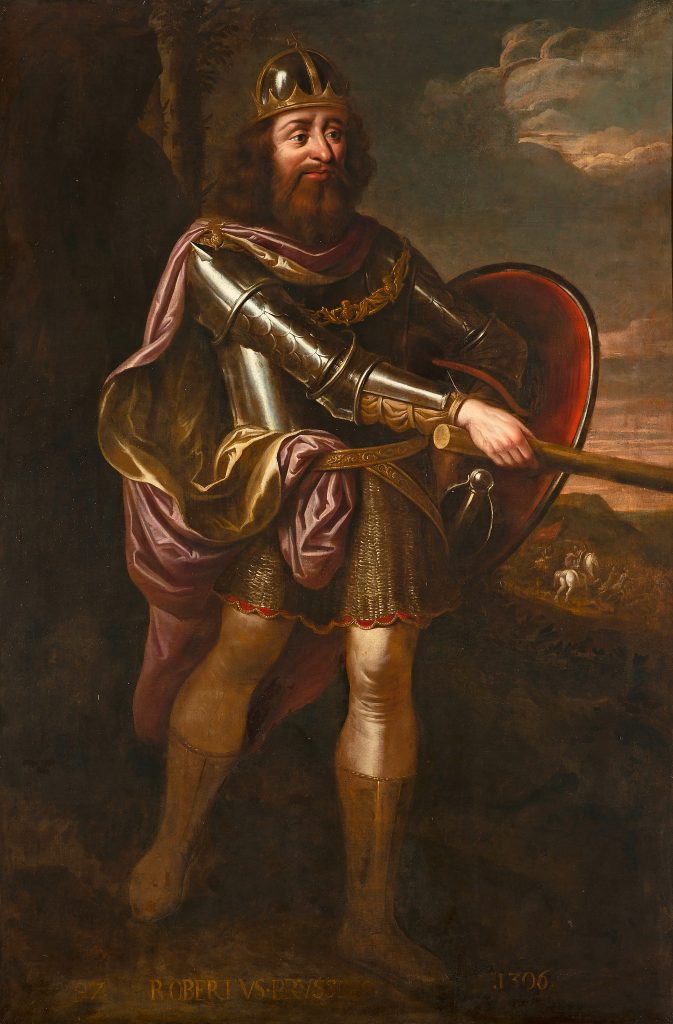
Romantic stories abound about King Robert the Bruce, most recently given the Netflix epic treatment in Outlaw King (2018) with actor Chris Pine starring as the Scottish hero. But how did an apparent young hothead become Scotland’s saviour: emerging from controversies over murder and excommunication to be lauded a national icon?
Born into an aristocratic, landed Scottish family 750 years ago on 11 July 1274, probably at Turnberry Castle in Ayrshire, Robert boasted both Norman and Gaelic antecedents. Scotland and England at this time had been living in relative peace for numerous years, but when two royal deaths left a vacant Scottish throne in 1290, matters quickly changed. Edward I was called in to adjudicate between the candidates
for kingship: essentially Robert’s grandfather (Robert ‘the Competitor’) and John Balliol, both of whom claimed historic Scottish royal descent. The crown went to Balliol – the Bruces felt cheated.
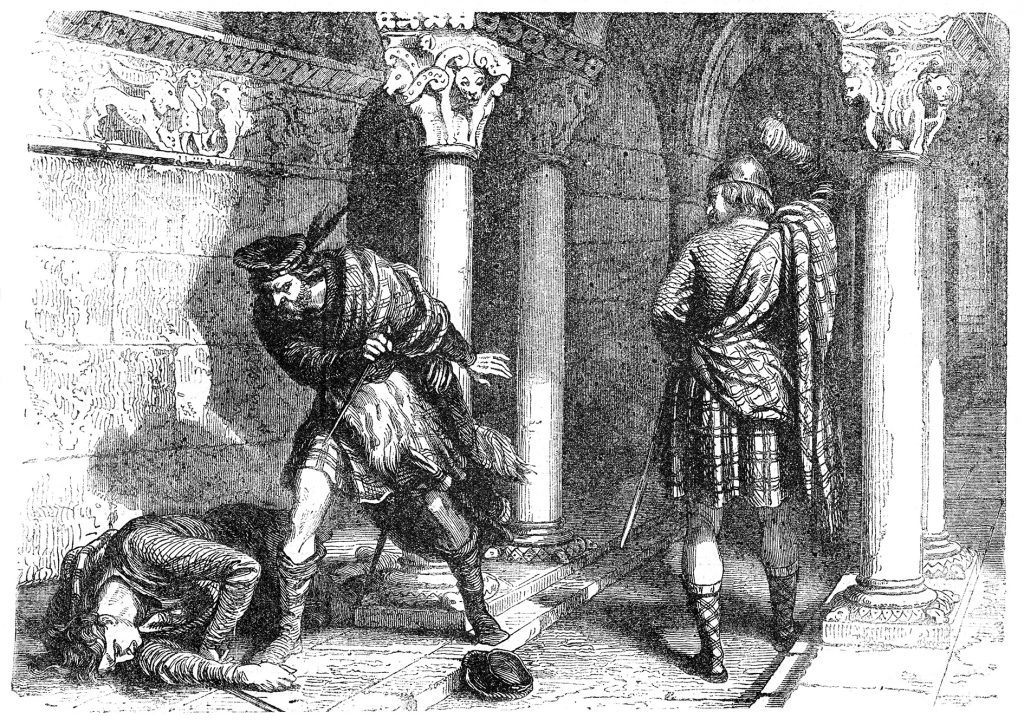
When Edward turned on Balliol and invaded Scotland in 1296, placing Scotland under his government, King Robert the Bruce supported the English, but then backed ‘Braveheart’ William Wallace’s uprising, only to realign himself later with Edward again. In 1298 Robert became one of the Guardians of Scotland alongside his great rival, John ‘The Red’ Comyn, Balliol’s nephew. Bruce was an arch survivor in restless times and what happened next would make clear his real ambition: to rule Scotland himself.
Bruce and Comyn frequently quarrelled and at a meeting at Greyfriars Kirk in Dumfries in February 1306, the former mortally stabbed the latter. Details of what happened are hazy; had they met to discuss joint action against Edward and fallen out over who should then have the crown? Accused of murder, sacrilegiously committed in a church, Bruce faced the future as an outlaw and excommunicate. It pushed him into revealing his hand and he hastened to Scone, Scotland’s ancient crowning place, where he had himself declared King Robert the Bruce on 25 March 1306.
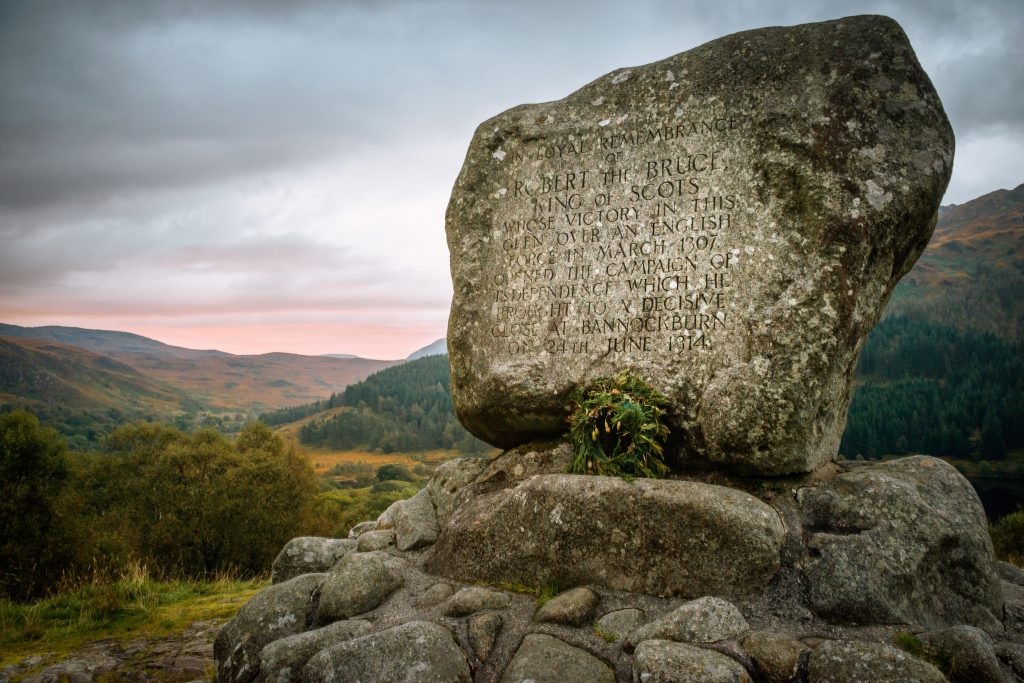
Edward, whose garrisons held many of the important castles in Scotland, turned on Bruce as a traitor and the fight – as Wallace’s grisly execution in 1305 had shown – could only end in victory or death for Bruce. The immediate situation looked grim as the Comyns and their allies sided with Edward for revenge, and over the next eight years King Robert the Bruce would wage a brutal guerrilla war of raids and ambushes.
Early defeats in 1306 at Methven and Dalry put Bruce to flight, possibly to Rathlin Island off the north Irish coast. A later legend arose that here at his lowest ebb he gained the determination to return to the fray after observing a spider’s persistence and eventual success in attaching its web to the side of a cave. In February 1307 Bruce was back in Scotland and soon gained morale-boosting victories over the English at Glen Trool and Loudoun Hill.
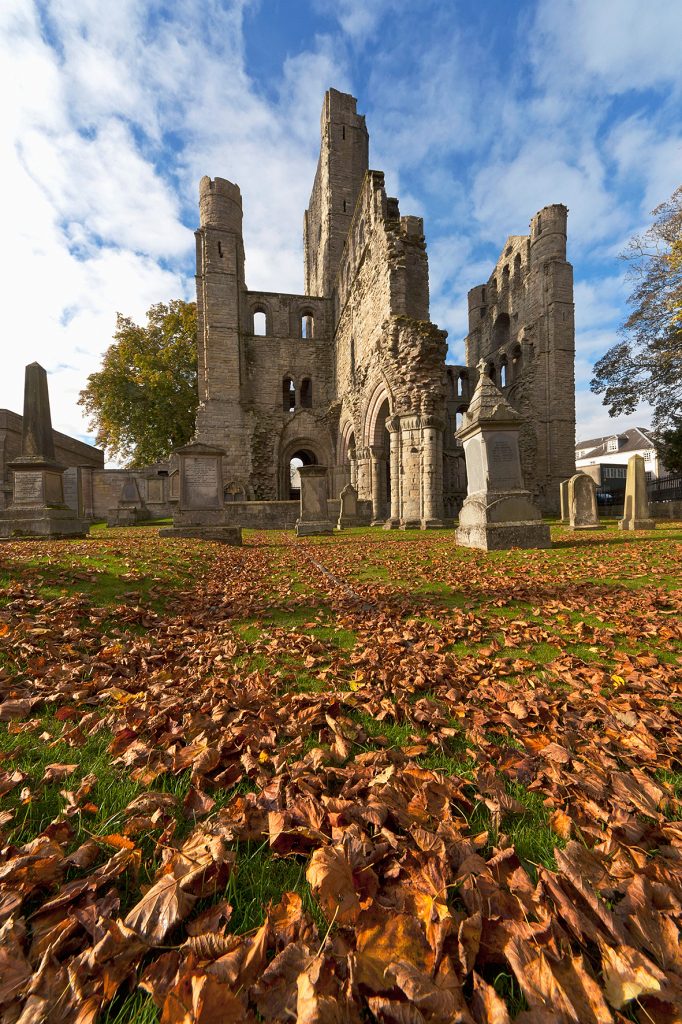
Fast-moving events had also delivered deeply personal blows, however. Bruce’s daughter Marjorie and (second) wife Elizabeth de Burgh had been taken captive; his sister and a countess were put on public display in cages at Roxburgh and Berwick castles; three of his brothers were executed.
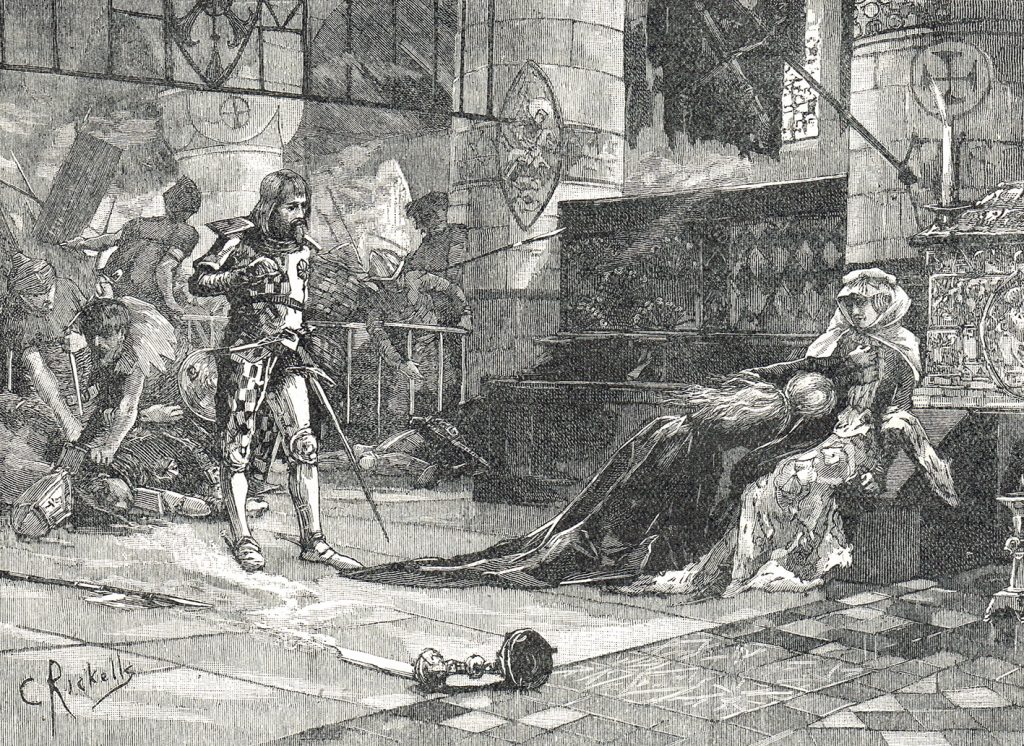
Nevertheless, the summer of 1307 brought news that Edward I had died and the prospect of a weaker opponent in the shape of Edward II. By 1309 King Robert the Bruce was able to hold his first parliament at St Andrews, and by 1314, along with his surviving brother Edward and lieutenants like the ruthless James Douglas, Robert and his men had seized back most of Edward II’s Scottish strongholds. Only Berwick and Stirling remained.
Capturing Stirling, the guardian of the River Forth, was key to controlling Scotland and when the castle’s governor promised to surrender unless English reinforcements arrived by 24 June, Edward II hurried north. It was the trigger for the iconic Battle of Bannockburn on 23–24 June 1314.
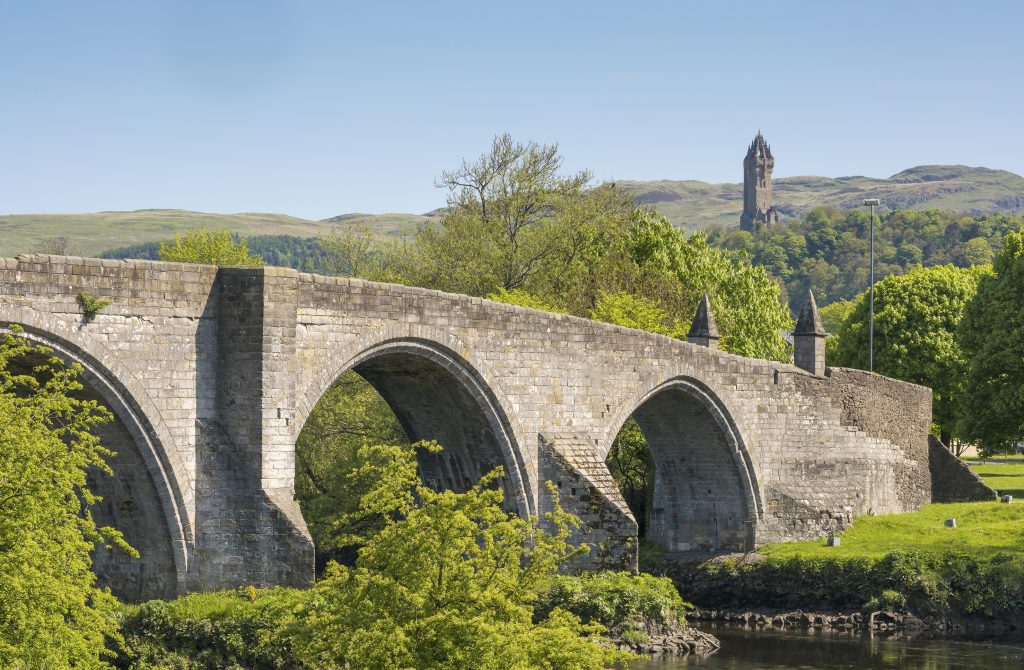
You can immerse yourself in a digitally recreated version of the dramatic encounter at the Battle of Bannockburn Experience and explore parkland that includes the site where Robert raised his standard, now overlooked by a shimmering bronze statue of King Robert the Bruce on horseback holding an axe – the weapon he used to fell a lance-wielding Henry de Bohun early in proceedings at Bannockburn, to the great encouragement of his men.
Despite being vastly outnumbered (possibly 2,000 cavalry and 16,000 foot-soldiers for Edward versus 500 horsemen and 6,000 foot-soldiers for Robert), Bruce had chosen his ground well. He rousingly exhorted his men, so John Barbour relates in his epic 14th-century poem The Bruce, to fight “for our lyvis / And for our childer and our wyvis, / And for the fredome of our land”.
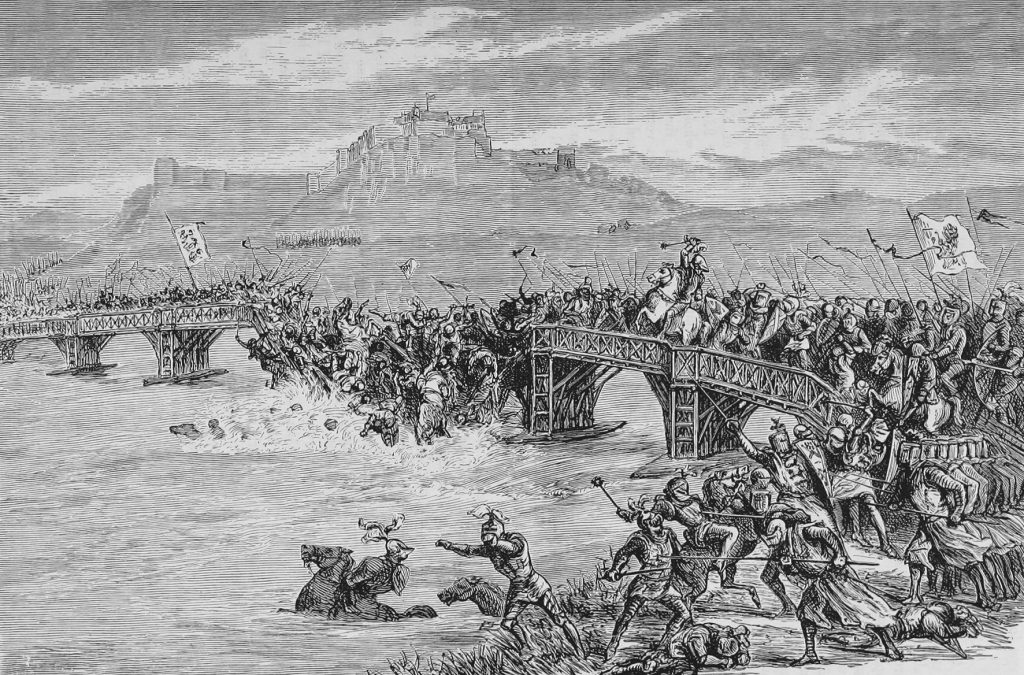
Bannockburn was a rare, full-on confrontation between the two opposing forces and Edward’s men, more used to Bruce’s guerrilla tactics, were in for a shock as Scottish spearmen, densely packed together into an impenetrable ‘schiltron’, saw off an English vanguard on the first day of battle; then on the second day aggressively advanced to trap English fighters in the narrow space between the Bannock Burn and the Pelstream. Edward was sent fleeing.
In the aftermath, important prisoners including Bruce’s wife and daughter were exchanged, but still Edward II refused to give up his claims to overlordship of Scotland or to recognise Robert as king. There was another 14 years of turmoil, punctuated by the repossession of Berwick, lucrative Scots raids into northern England, and the opening of a ‘second front’ in Ireland. In 1323 a temporary truce with England was agreed.
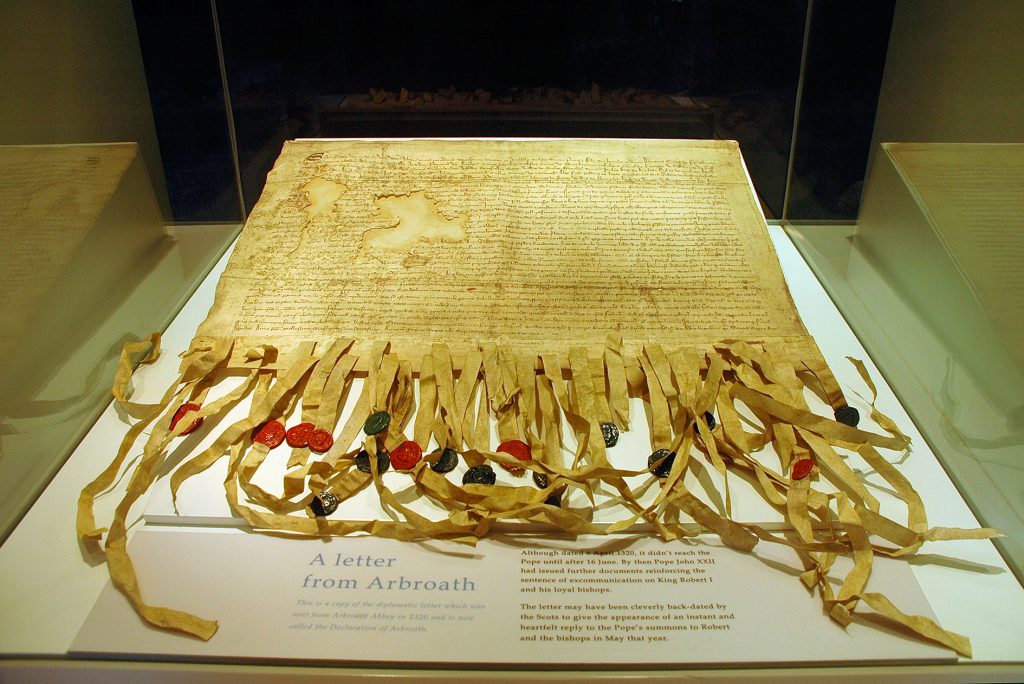
Within Scotland, Robert tightened his grip, redistributed lands and titles as rewards to his supporters, and re-booted government administration, while nobles petitioned the Pope with the Declaration of Arbroath (1320) asserting the antiquity of Scottish sovereignty. Four years later Pope John XXII recognised Robert as king of an independent Scotland. It took another four years before Edward III’s government did the same and concluded peace (for a while at least) in the Treaty of Edinburgh-Northampton of 1328. King Robert I’s four-year-old son and heir David was betrothed to Edward III’s seven-year-old sister Joan.
Success for King Robert the Bruce was bittersweet. He had been intermittently ill for years – John Barbour attributes it to too much “cauld lying” in the Scottish wilds – and he died on 7 June 1329, a month short of his 55th birthday. His body was buried at Dunfermline Abbey and, in keeping with his wish, Sir James Douglas set out to carry his heart to the Holy Land, though he was killed fighting en route, and the heart was buried in a casket at Melrose Abbey.
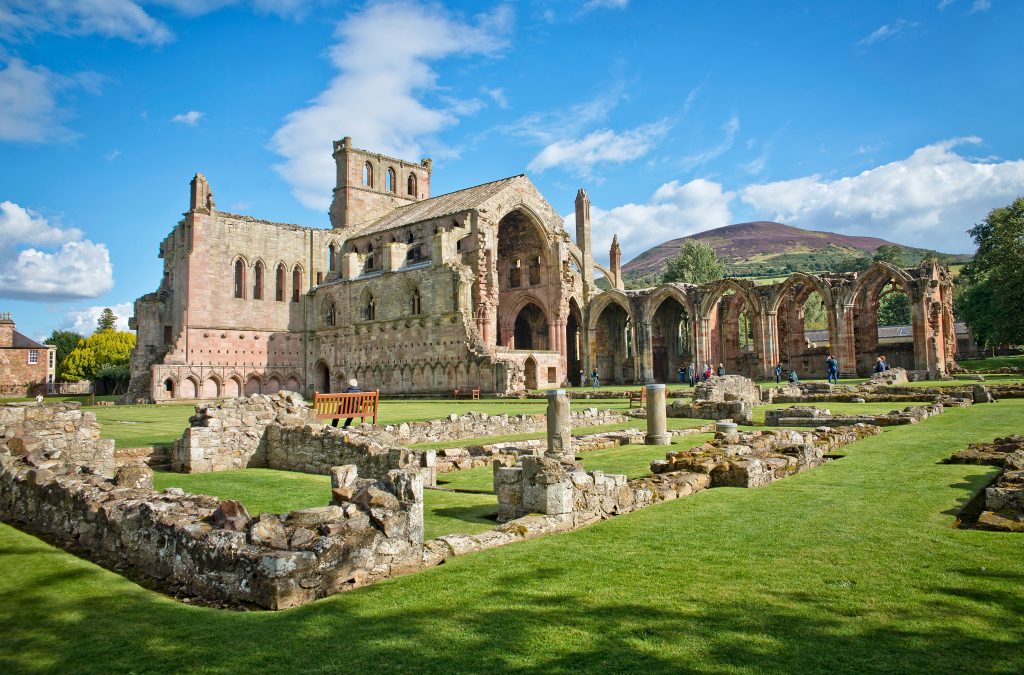
Bruce had been single-minded in his ambition to be king, had proved a cunning tactician in guerrilla warfare and pulled off a landmark victory at Bannockburn. Revered as one of Scotland’s most inspiring leaders, he has become the embodiment of determination, summed up in the inscription accompanying the casket at Melrose Abbey: “A noble hart may have nane ease, gif freedom failye.”
Find out about events to celebrate King Robert the Bruce’s anniversary at bruce750.scot
Read the full feature in our April/May 2024 issue of Discover Britain, available to buy from 1 March here.
Read more from Discover Britain:



